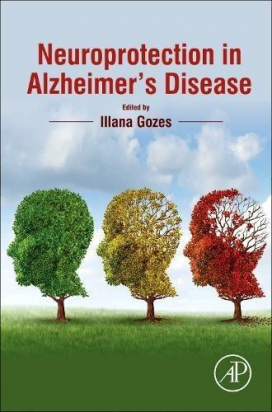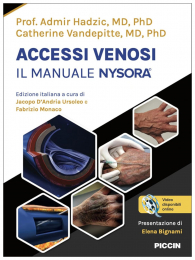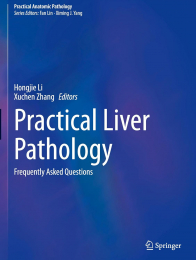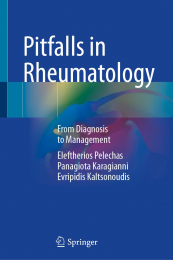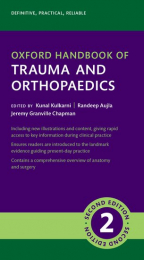Non ci sono recensioni
DA SCONTARE
Neuroprotection in Alzheimer’s Disease offers a translational point-of-view from both basic and clinical standpoints, putting it on the cusp for further clinical development with its emphasis on nerve cell protection, including the accumulation of knowledge from failed clinical trials and new advances in disease management.
This book brings together the latest findings, both basic, and clinical, under the same cover, making it easy for the reader to obtain a complete overview of the state-of-the-field and beyond. Alzheimer's disease is the most common form of dementia, accounting for 60 to 80 percent of dementia cases. It is a progressive brain disease that slowly destroys memory, thinking skills, and eventually, even the ability to carry out the simplest tasks. It is characterized by death of synapses coupled to death nerve cells and brain degeneration which is manifested by loss of cognitive abilities. Understanding neuroprotection in Alzheimer’s disease will pave the path to better disease management and novel therapeutics.
Key Features
Table of Contents

